The Greenest School in the World
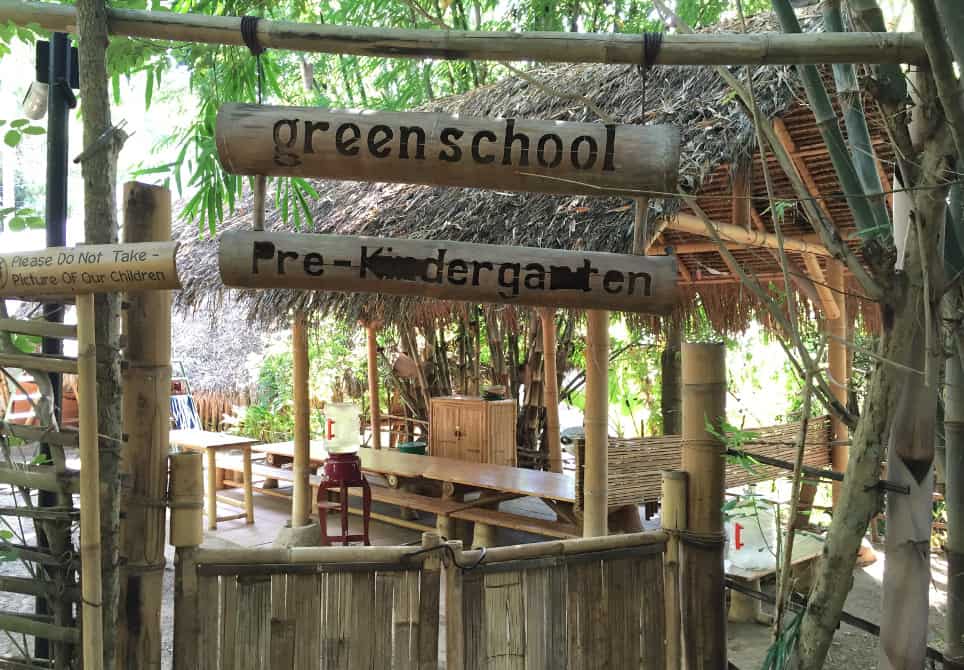
Denpasar is dense urban areas on the south coast of Bali where most of the four million inhabitants of this 90 mile long Indonesian island live. Streets are clogged with motor scooters, some loaded down with a small convenience store worth of goods, others holding three or four people.
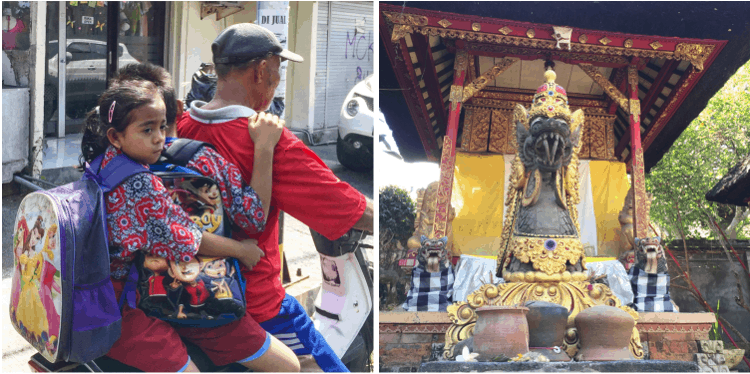
Unlike the rest of Muslim Indonesia, most Balinese share a homegrown version of Hinduism. Every village has three temples and every family has a temple. While tourist flock to the beaches, Balinese find the densely forested middle ground sacred.
If you hop on a scooter and head north towards the mountains about halfway to Ubud (of Eat, Pray, Love fame) and a kilometer off a narrow main street in the small village of Sibang Kaja you’ll find Green School Bali, a nonprofit independent international P-12 school whose goal is to be the best model of sustainability education in the world.
Following a 2006 exit from the jewelry business, John and Cynthia Hardy conceived of a new kind of school. The Green School opened in 2008 with 90 students. Three rules guided every decision: be local; let your environment be your guide; and envisage how your grandchildren will be affected by your actions.
Frames of Learning
Great schools start with great ideas. Green School has beautifully crafted living and learning ambitions. Core values include joy, passion, kindness and making a difference. They attempt to model and cultivate qualities including healthy and vibrant, confident and empowered, self-aware, resilient and adaptable, and ethical.
Green School cultivates habits of mind including creative and deep thinking, expressing and collaborative, knowledgeable and reflective, resourceful and self-directed, green and sustainable.
Every day at Green School includes:
- Integral frame: thematic lessons introduce complex topics through four lenses: physically, intellectually, emotionally, and intra-personally.
- Instructional frame: proficiency lessons stand alone and are woven into most thematic lessons
- Experiential frame: practical lessons include working in the garden, creating art, building with bamboo.
On Wednesday, high school students are out of school on jalan jalan (Go Traveling) in experiential and service learning. Every student participates in Environmental Studies and Enterprise Studies. Seniors conduct at capstone Green Stone Project.
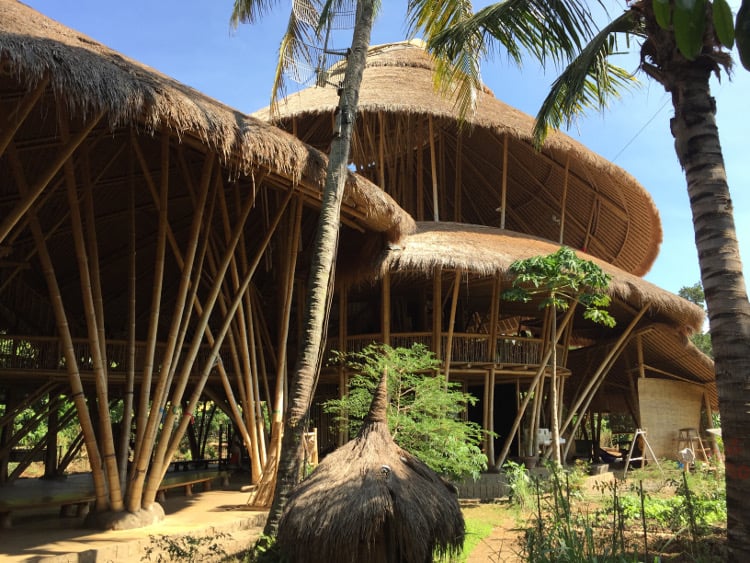
Green Campus
The solar and water powered 20 acre campus serves nearly 385 students from 40 countries. The high school is located in the largest bamboo building in the world (above). The campus includes a dozen innovative buildings including a makerspace (below), a recycling center and covered bridge.
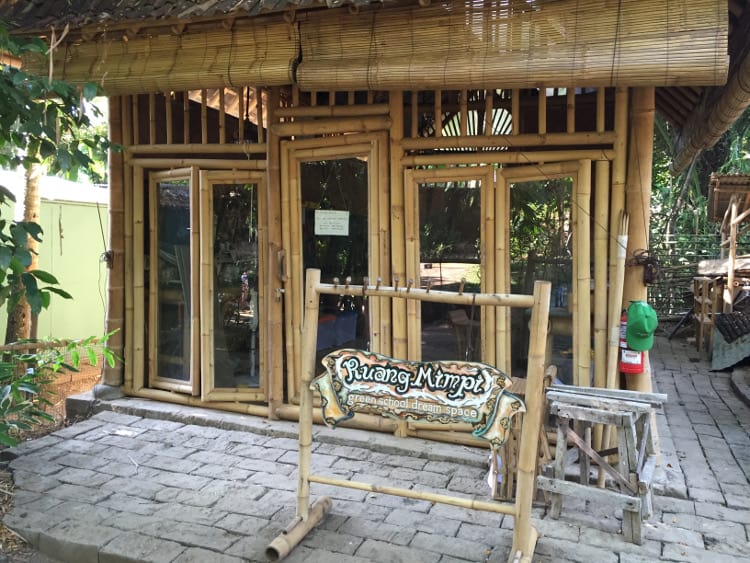
Green School was the inaugural winner of the Greenest School on Earth award from the Center for Green School at the U.S. Green Building Council.
Social Mission
Twenty seven local students attend the Green School on full scholarship. Watch this video about first grader Rinka. The annual Local Scholars Programme crowdfunding campaign will launch May 20.
Green School also serves more than 230 local students that attend an after school program. Lots of tourists visit the school and (the not inexpensive) fees help support these services to the local community.
As a good neighbor and model of sustainable construction and operation, Green School is a great example of place-based education. Students learn to appreciate the place they live and to use resources wisely. High school students spend time working in and serving the community. Students at the Green School are “Loving learning and celebrating life.”
For more, see:
- El Paso Adopts Active Learning with Plan That Powers Innovation
- Paradise Valley Schools Use Fiber and Video to Boost Teacher Collaboration
- 10 Digital Learning Models in Clark County Schools
Stay in-the-know with all things EdTech and innovations in learning by signing up to receive the weekly Smart Update.



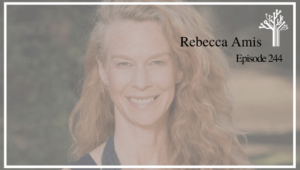

0 Comments
Leave a Comment
Your email address will not be published. All fields are required.